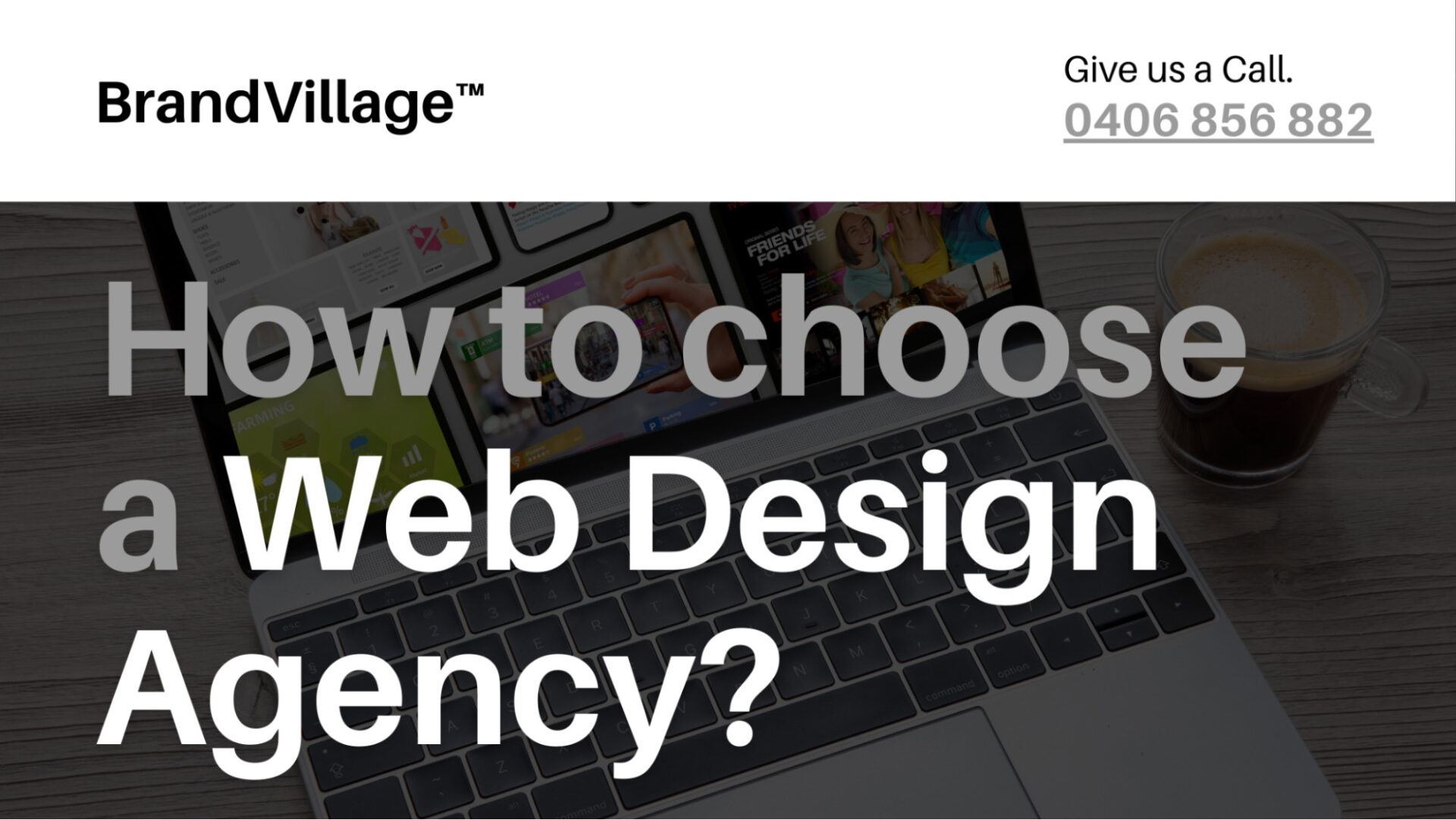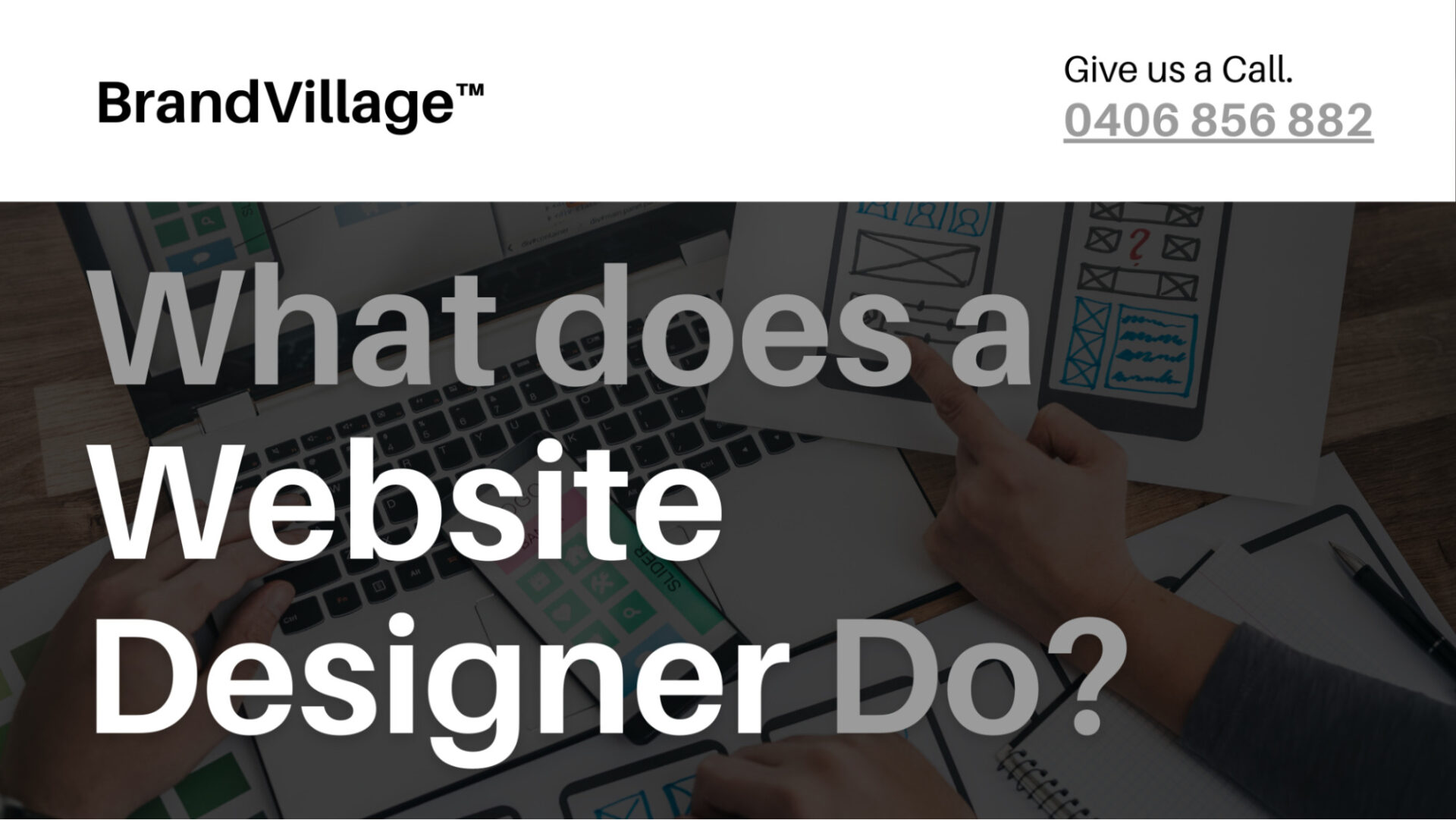Creating a Logo Design Brief: Essential Components and Tips

Published: May 11, 2023
How frustrated would you feel when you are asked to create a dish but are not given all the right ingredients or recipes? The result is likely not to your liking or expectations. Similarly, providing an effective design brief by the client is crucial for the designers to dish out the Logo that is much more than a symbol. Let’s look at what exactly is a logo design brief.
A design brief, also known as a creative brief, is a document that is developed by the designers in consultation with the client/customer. It is a structured road map that includes an overview of your Brand, a description of the company products or services it provides, a time frame, budget and various elements of the logo’s style that need to be incorporated or kept in mind while designing the logo.
A design brief is critical for logo designing as it helps designers understand the client’s requirements. It ensures that both the designer (or) the design company and the client are on the same page. The aim is to convey what the logo needs to be like, considering the Brand’s values, ethics, mission vision, target audience and overall objectives.
This blog is to help you understand what a logo design brief is, besides sharing insights and tips on creating an effective logo design brief. It provides knowledge on the critical components of a design brief to achieve the desired goal. It includes information on how a well-crafted logo design brief helps the designer understand the budget and work within the time frame set for the project.
Critical Components of a Logo Design Brief
A logo design brief can have many components, but most have a basic framework. It enables the designer and the client to include all the essential details and avoid accidentally missing out on anything critical. This basic framework can be further customised based on the needs and requirements of the client. Some of the essential components of an effective design brief are:
#Overview of The Company/Brand
It is essential to know the company or brand’s profile. What are the mission, vision, objective and products or services that the company is providing? What’s the Brand’s identity? It is a significant component of a well-crafted design brief.
#Target Audience And Market
The logo design should always keep the target audience in mind. Target audience refers to the specific consumers likely to use your company’s product or services. Their demographics include age, gender, education, income and interests. A logo design brief should contain all the Target audience and market elements.
#Logo Design Objectives
The designer should know the company or brand objectives to make the creative brief that aligns with company/brand goals.
#Competitor Analysis
Knowing your competition helps you plan your strategy and determine your competitive advantage. It can be used in your logo to gain an edge over competitors. Researching your competition can help you differentiate your Brand from them. It is a crucial element of the design brief.
#Style And Design Preferences
Your company’s logo should match your Brand’s personality. A logo is a reflection of your Brand’s identity. It should check with the style and taste of the target audience. This should be specified in the design brief.
#The Colour Palette And Typography Preferences
It is a form of nonverbal messaging through visuals. The colour and typography should match the character of your Brand or company. If the company is in fashion or beauty, it would have more vivid colours and decorative fonts than a Law firm.
#Timeline And Budget
A creative design brief should always clearly state the budget and timeline. It gives the designer clarity and helps to plan the schedule of the logo designing process promptly.
Tips for Creating an Effective Logo Design Brief
Specific essential tips can help you formulate an effective logo design brief, ensuring that both parties are on the same page to avoid confusion and surprises. Some of the tips are-
1. Know Your Brand And Audience
This helps you work backwards. A clear understanding and knowledge of the target audience and the Brand’s personality enable you to create the brief for the client.
2. Be Clear And Concise
A design brief should always be noticeable, and avoid using vague language that makes it difficult to understand. It should be concise and to the point.
3. Provide Visual Examples And References
This helps reduce confusion, such as the exact colours or symbols the company wants to incorporate in its logo. Documenting them in the design brief helps in referencing it whenever required.
4. Collaborate With Your Designer
Having a good rapport with your designer is very important. It helps to achieve more in less time with regular feedback.
5. Set Realistic Expectations
Everything falls apart when the work produced is not to the expectation or there is a delay in the process. It’s essential to set the expectations right about the budget and timeline.
Role of Logo Designer in the Design Brief Process
A designer uses his expertise and experience to design a logo for a company. It is thus vital for him to understand the brief clearly. The designer should ensure he gathers all the data from the client in the design brief.
A designer uses the design brief for his referencing while making several iterations based on the feedback and requirements in the brief. Logo designing is a complex and time-consuming process that requires proper research of the company or Brand’s product or service and many other components listed in the design brief.
Common Mistakes to Avoid in Logo Design Briefs
If the map is incorrect, you can’t reach the right destination. Similarly, one should avoid making the following logo design mistake while designing the creative brief for a company or Brand’s logo.
Being Too Vague Or Overly Detailed
Neither too much nor too little is the key. If there is enough information, it will be apparent to the designer, and if the information is not clear, the designer wouldn’t have a clear understanding and end up making a logo that may not be right.
Focusing Solely On Aesthetics
A logo is the company’s face. Besides concentrating on aesthetics, it should incorporate its mission, vision, and values.
Not Considering Practicality Or Scalability
For A logo to be used across all the platforms like posters, business cards, emails and social media platforms, it should be scalable. It shouldn’t become illegible when decreased or increased in size. The logo should be smooth and easily recognisable in coloured or monochrome media.
Setting Unrealistic Timelines Or Budgets
If the timeline and budget are not discussed or added to the design brief, the process can go haywire. A detailed and planned timeline helps to work faster and bring better results. Not discussing the budget beforehand can result in low-quality or substandard work and cause friction between the client and the designer.
Conclusion
A logo is as good as its design brief, so it is essential to crafting an effective logo design brief so that the requirements are clear to both parties and they are on the same page.
While documenting the design brief, it’s essential to consider the various elements that should be added for ease of referencing and clarity. The brief should always be concise, to the point and precise, without any ambiguities from either of the parties. As logo designing is very important and complex, it is crucial to have a well-thought-out and researched brief. Creating a mood board helps in keeping the same colour or template and maintaining consistency, also making it available in case there are multiple designers working on the project.
BrandVillage, A leading design agency Melbourne has been in the business of creating logos for a long time. One of the ingredients of BrandVillage’s success is the expertise of its Melbourne logo designers in crafting a very detailed yet concise logo design brief resulting in logo designs that are beyond expectations.
Articles.

May 2024
How to Choose a Web Design Agency in Melbourne
Having a strong online presence is very important for any business in this digital...

May 2024
What is Web Design? Why is Web Design Important for a Business?
Web design is the art of creating websites. It’s not just about making sites...

May 2024
What does a Website Designer do?
Today, websites are very important for companies, creative people, and sharing information online. A...